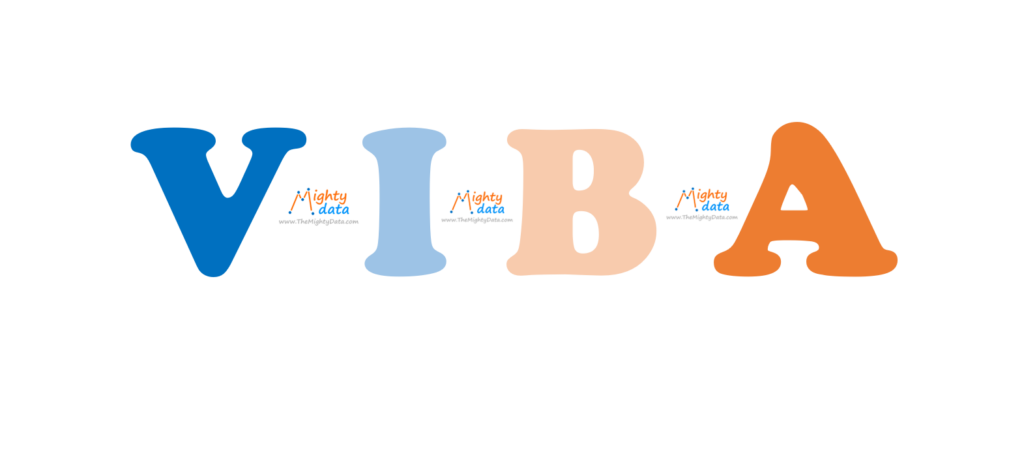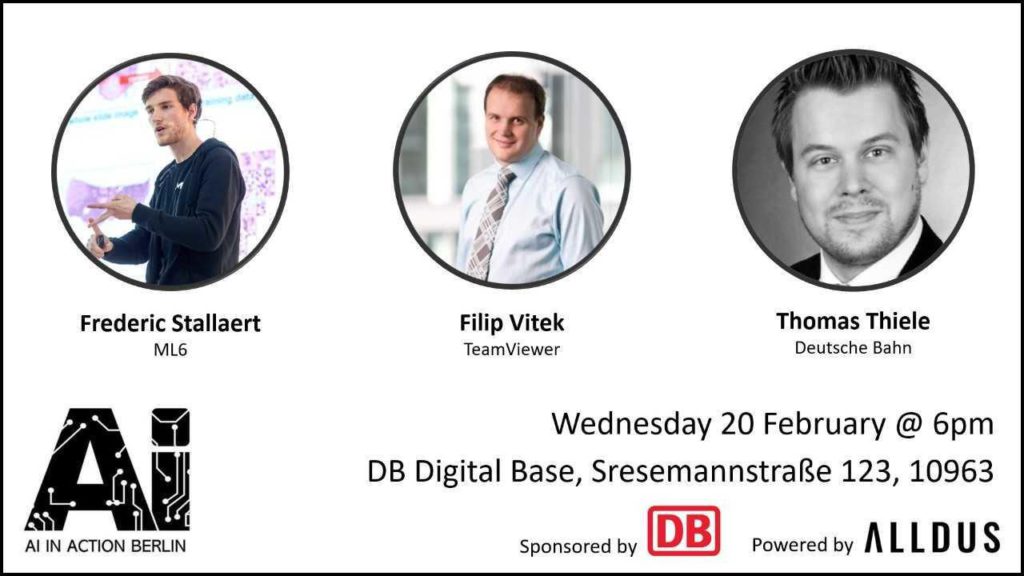You might have heard about VIBA, the attempt to describe different Data Scientist profiles. You maybe even heard what V-I-B-A categories stand for and are wondering what profile is actually your one? Then this short test is exactly aimed at you. Via answering below listed questions, you can gain indication on what is most likely your VIBA “letter”

Instructions to FREE VIBA test
Please answer all of the 8 questions below. For each question pick one answer only. If you feel more answers might apply to you in given question, try to pick one, which is the closest to your situation at the moment. For each answer you will be assigned certain number of points stated in brackets. After answering all the questions, please sum the points earned for answers to these 8 questions. Total score achieved will guide you to what test believes is your existing Analytical letter.
1.What is the prevailing data types that are inputs for your Data Science work?
a] unstructured data OR sound/video data [12 points]
b] stream or batches of transactional data [1 p]
c] structured data of longer time periods with many aggregated Features or Proxies [4 p]
d] sensory data, readings from IoT devices or physical measurement [8p]
2. Which part of the company is most often requesting (or being user of) data science outputs that you create?
a] Online commerce, Social media or PR [1 p]
b] Innovation, Research & Development teams [12 points]
c] Traditional (human operated) Sales, Strategy or Business development [4 p]
d] Operations, Finance or IT dept. [8p]
3. How does the training of the new data science models you (and your team) generate happens most of the times?
a] through annotated examples, most likely generated by humans [12 points]
b] through data from experiments, observations or simulations of the reality [8p]
c] using short time window samples of long going process [1 p]
d] based on Features that are human selected aggregates or proxies of raw data [4 p]
4. What Data Science methods are dominantly used in Data Science tasks your team is working on? If more of the below listed are used, which of those would you keep if allowed to have only one category available?
a] Advanced Machine Learning, Random Forests, Regressions or simple FF neural networks [4 p]
b] Deep learning (often CNN, DCN, KN, LSTM…) [12 points]
c] Time series, simple ML classifiers or Graph analytical methods [1 p]
d] Rule engines generators, Genetic algorithms, or more advanced typologies of Neural Networks [8p]
5. What tools/platforms do you CERTAINLY have to have AVAILABLE for your work?
a] Keras, TensorFlow or similar, NLP or other text mining tools [10 points]
b] Google Analytics or APIs to Social media [1 p]
c] SQL and analytical packages or Opensource ML platforms. [4 p]
6. How does a typical task that you are asked to deliver in your team look like?
a] Describe and analyze user flow , conversion rates or user usage specifics [1 p]
b] Determine probability to do something OR describe segments of the users [4 p]
c] Teach systems to decide or replace human role in processes [8p]
d] Detect similarities or patterns in objects or texts [12p]
7. When doing Data Science in your team, what is the most used domain of the data?
a] users/clients preferences or online data [1 p]
b] Physical (2D or 3D) objects, art or result of some creative work [12p]
c] Purchase data, products or off-line customer data [4 p]
d] Processes and their stages, Motion or Logistics of the things [8p]
8. How long the necessary/typical time window of input data that you need to train your models or prepare your Data Science deliverable?
a] Time does not play role. Many repeatings/variations of the same object(s). [12p]
b] Short time windows, usually below 3 months [1 p]
c] (Near) Real time based, often of many different types or sources from same time window [8p]
d] Longer time windows, usually 6M+ of the analyzed matter/event [4 p]
So what VIBA letter you are?
If you scored 0 – 23 points your most likely letter is I, the Internet and Social media related tribe of Data Science. The closer to 8 points you are the more evident this is. The closer you came to 23 points, the more inclinations or overlap with other letters there might be.
If you scored 24 – 49 points your most likely letter is B, the Behavioral Analytics group of Data Science. Staying on lower bound of the interval indicates that you also probably asked to analyze online behavior of the users. The closer you came to 49 upper limit you are, the more your work might be used also to improve decision making of the processes of automate things.
If you scored 50 – 72 points your domain in Analytics is most likely A, the Automating & Autonomous space of Data Science. If you ended up just few points above the 50 lower limit, we would guess that your automation is still in area with strong Human aspect. Staying closer to upper limit of 72 points means that autonomous aspects are paramount and your models probably also rely on reality measuring or sensory inputs.
If you scored 73 – 94 points your are living your analytical life as V, in the Visual & Voice analytics & Words analytics arena of Data Science. Scores in 70’s range would indicate that your work is somehow useful or needed for the decision machines or automating things. Scores on the higher end of the interval signal pure sensory orientation, most likely living off Deep learning algorithms.
Happy about your VIBA letter? Surprised? Maybe you want to read more/again about your profile, now that you know which you are?
Or soon there will be coming) next blog discussing what should good analyst of your type do and know or how to move to make transition to VIBA letter .


 Visual & Voice analytics & Words analytics
Visual & Voice analytics & Words analytics Relying on Time series analysis, some forms of Machine learning or Graph database analytics. Supporting Online and Marketing departments of the larger companies or start-ups in these fields. To survive on this island, you need to be familiar with Google Analytics and/or APIs to major social media networks. Crunching and storing of data often happens in external cloud, analytical results are needed in (near) real-time basis. Projects have short span of time; their results often morph into permanent monitoring of the discovered patterns.
Relying on Time series analysis, some forms of Machine learning or Graph database analytics. Supporting Online and Marketing departments of the larger companies or start-ups in these fields. To survive on this island, you need to be familiar with Google Analytics and/or APIs to major social media networks. Crunching and storing of data often happens in external cloud, analytical results are needed in (near) real-time basis. Projects have short span of time; their results often morph into permanent monitoring of the discovered patterns. Behavioral Analytics
Behavioral Analytics sense of them through multiple layers of own features. Using Deep Learning methods teaches machine to decide within stated error rate allowance. Data are either real-time of historical logs of some process or motions’ sequence. Uses opensource Neural network-based packages like
sense of them through multiple layers of own features. Using Deep Learning methods teaches machine to decide within stated error rate allowance. Data are either real-time of historical logs of some process or motions’ sequence. Uses opensource Neural network-based packages like 



 Music and Art Generation using Machine Learning | Curtis Hawthorne
Music and Art Generation using Machine Learning | Curtis Hawthorne